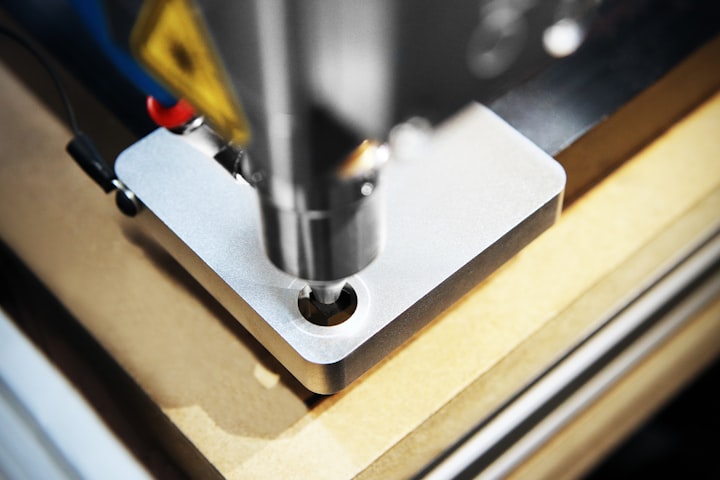The History and Evolution of Leather Engraving Techniques
All About Leather Engraving

By carving, cutting, or stamping the leather, leather engraving allows for creating designs, patterns, and pictures on its surfaces. This skill has been practiced for ages and has served both aesthetic and practical ends. There has been a proliferation of leather engraver methods, each with a unique flair. This essay's subject is developing engraving methods for leather goods.
Traditional Leather Engraving
The ancient Egyptians were the first to use leather etching to embellish their garments and footwear. The method required using sharp instruments to carve detailed patterns into the leather. The ancient Greeks and Romans also used this technique when embellishing their armor and leather items.
Manuscripts of many kinds, both sacred and profane, were produced using leather etching throughout the Middle Ages. Chemicals increased the leather's durability before being carved with religious symbols and words. Leather armor, favored by knights and warriors alike, was also produced using this method.
Leather Engraving from the Renaissance
The craft of leather engraver flourished throughout the Renaissance. Artists used this method to decorate leather goods like book covers, garments, and accessories. The leather was either carved or stamped with motifs before being painted for a more ornate appearance.
Jean de Gonet was a famous artist of the period because of his skill with leather. Combining leather engraving and painting, he made elaborate leather book covers, wall hangings, and furniture.
Leather Engraving from the 19th Century:
Leather engraving became increasingly mechanized in the 19th Century. The invention of stamping and engraving machines facilitated the industrial production of leather items. As a result, there was a rise in demand for leather goods, and the practice of leather engraving gained prominence in output.
Hot stamping was the standard technique of leather engraving at the time. A metal stamp was heated and pressed into the leather while still hot. Wallets, belts, and purses made of leather were decorated using this method.
Leather Engraving from the 20th Century
New tools and materials helped leather engraving develop during the Twentieth Century. The advent of laser engraving made it possible to create engravings with more detail and complexity. This technique used a laser to etch the pattern into the leather permanently.
Embossing was another common practice during the period. Stamping a hot metal plate into the leather surface resulted in a raised pattern. Belts, wallets, and shoes were all adorned with designs crafted using this leatherworking.
Engraving on Modern Leather
The leather engraver has evolved and expanded in recent years. Now that we have computers, we can use them to make patterns for leather that are pretty complex and detailed. Digital printing, laser cutting, and CNC engraving are the most sought-after modern methods for personalizing leather.
The process of digital printing on leather entails first printing the desired pattern onto transfer paper. With this technique, intricate designs may be printed directly into the leather. The process of laser cutting leather includes burning a way into the material rather than just scoring the surface. This method is accurate and may be used to make elaborate and delicate patterns.
The leather may be engraved using a computer-controlled router, known as CNC engraving. Using this strategy, you can make more extensive and more complicated patterns with more precision.
Conclusion
Leather engraving has evolved into a multifaceted art form, as seen by its rich history and the variety of methods now in use. Leather engraving has served both aesthetic and practical reasons throughout history, from ancient Egypt to the present day. The options for leather engraving are almost limitless because of the development of cutting-edge materials and processes like laser cutting, digital printing, and CNC engraving.






Comments
There are no comments for this story
Be the first to respond and start the conversation.